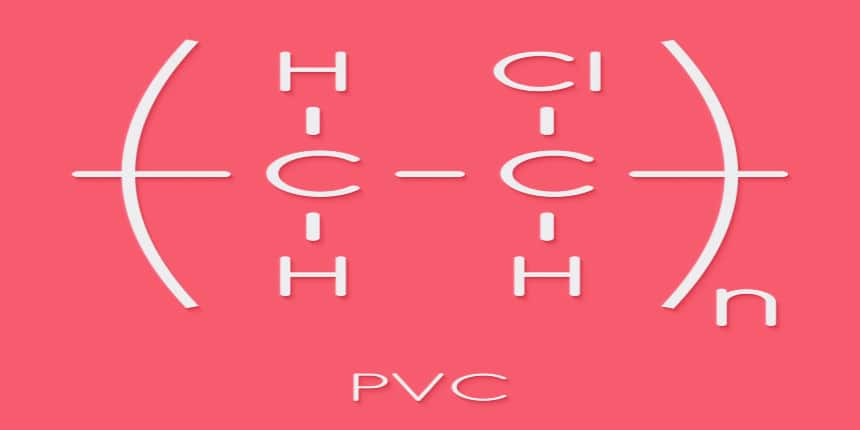PVC Conduit Full Form
What is the full form of PVC?
PVC is an abbreviation for Poly Vinyl Chloride. It is also known as poly (vinyl chloride), polyvinyl, or simply vinyl. Conduit means pipe or tube. PVC has a chemical formula -[CH2=CHCl]n-. PVC, in its purest form, is a white, brittle substance. PVC is a polymer derived from the polymerization of vinyl chloride. PVC is a thermoplastic polymer that melts on heating, solidifies on solidification, and cools on cooling. It is resistant to water and fire. Every year, around 40 million tonnes of PVC are manufactured. PVC is utilized in many items, including raincoats, cables, pipelines, bottles, credit cards, floors, and so on.
- What is the full form of PVC?
- Two forms of PVC
- How is PVC made?
- PVC Conduits

Two forms of PVC
PVC is classified into two types: rigid and flexible. PVC rigid is used in the construction of pipes, doors and windows. It is also utilized in manufacturing plastic bottles, non-food packaging, food-covering sheets, and plastic cards. It may be made softer and more flexible by adding plasticizers, the most common being phthalates. It is used with cotton or linen to make the canvas. It is also utilized in flooring, plumbing, imitation leather, and inflatable items.
How is PVC made?
PVC is made by polymerizing vinyl chloride monomer (VCM), and VCM is made by chlorinating ethylene. In a cracking apparatus, the resultant ethylene dichloride (EDC) is pyrolyzed. To make polyvinyl chloride, a number of vinyl chloride monomers are added and polymerized. The well-known polymerization technique for producing PVC is polymerization by emulsion or suspension.
PVC Conduits
A tube used to cover and route electrical wires in a building or structure is known as an electrical conduit. Metal, plastic, fibre, or burned clay can all be used to make electrical conduit. Most conduits are stiff, although flexible conduit is employed for some applications.
PVC conduit is a non-metal conduit. PVC conduit has traditionally been thought to be the lightest in weight when compared to steel conduits, as well as being less expensive than other types of conduit. It is offered in three distinct wall thicknesses in North American electrical practice, with the thin-wall variant only appropriate for embedded usage in concrete and heavier grades acceptable for direct burial and exposed work. The majority of metal conduit fittings are also available in PVC form. The plastic material is resistant to moisture as well as many corrosive compounds; however, because the tubing is non-conductive, an additional bonding conductor must be drawn into each conduit.
Slip-on solvent-welded connections are used to join fittings, which are set up quickly after assembly and reach maximum strength in about one day. Because slip-fit pieces do not need to be rotated during assembly, specific union fittings (such as Ericson) are not necessary. Because PVC conduit has a high coefficient of thermal expansion, it must be installed such that each run may expand and contract. Due to the mutual heating effect of densely packed cables, care should be taken while placing PVC underground in multiple or parallel run arrangements since the conduit will distort when heated.